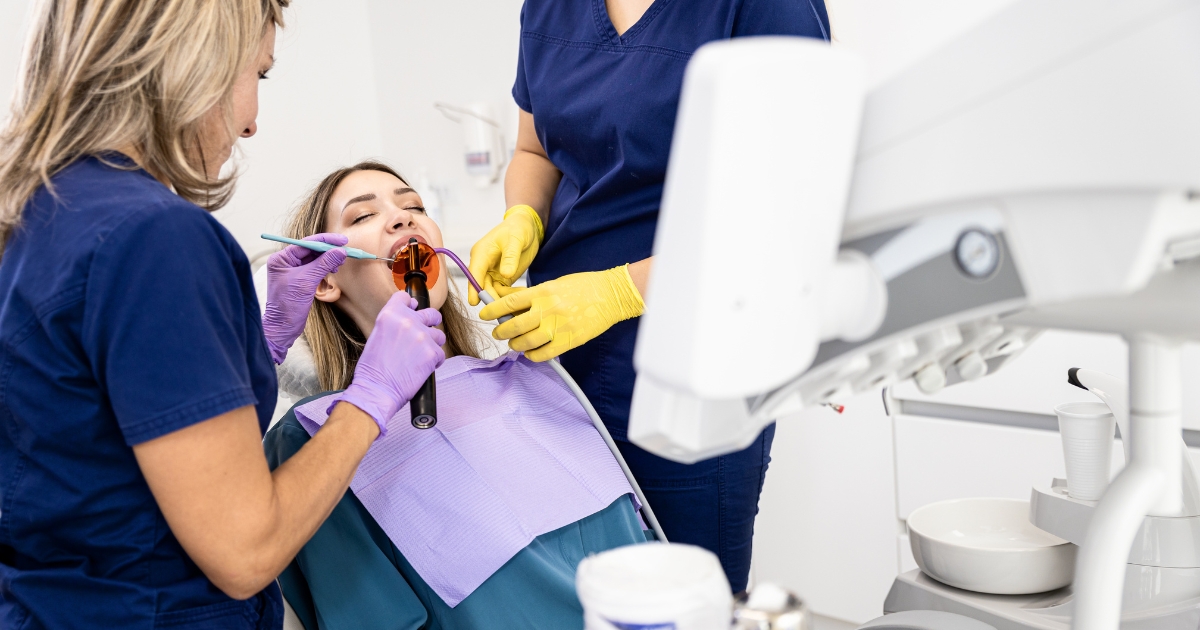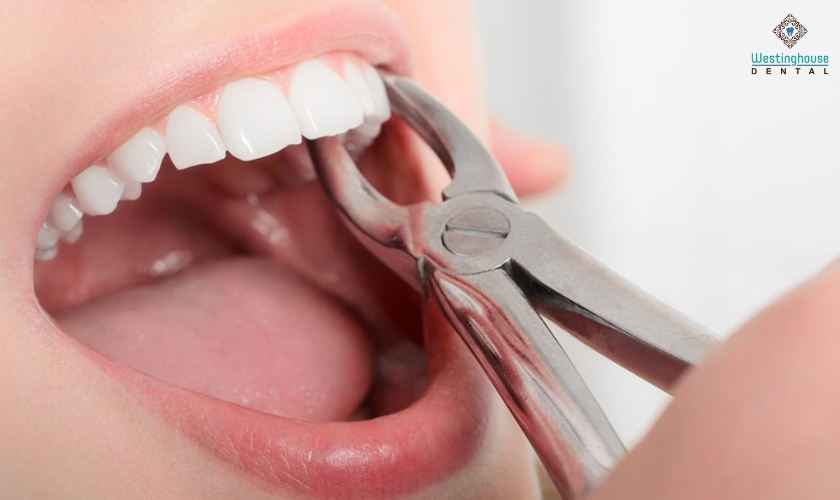$99 New Patient Special - Includes Exam, X-Ray and Basic Cleaning
How to Control Bleeding After Tooth Extraction: Tips from A Georgetown Dentist

Tooth extraction is a common dental procedure but comes with potential post-operative concerns, such as bleeding. Knowing how to manage bleeding after an extraction is crucial for a smooth recovery. Proper care can reduce discomfort and help prevent complications like infection or delayed healing. This guide will offer essential tips for controlling bleeding after tooth extraction, making the process less stressful and aiding faster recovery.
Apply Firm Pressure with Gauze
Immediately after a tooth extraction, your dentist will place a piece of sterile gauze over the extraction site. Firmly bite down on it for 30–45 minutes. This pressure helps the blood clot form, critical to stopping the bleeding.
- Change the gauze every 30–60 minutes if bleeding persists.
- Do not chew on the gauze; gentle pressure is enough.
- Use fresh gauze if the current one becomes too saturated with blood.
Keep Your Head Elevated
Elevating your head reduces blood pressure in the extraction area, slowing the bleeding. This is especially important during the first 24 hours after the procedure.
- Prop yourself up with pillows when lying down.
- Avoid lying flat, as this can increase blood flow to the extraction site.
- Sit in a reclining position rather than lying down completely.
Avoid Spitting and Rinsing
Many people feel the urge to rinse their mouth after an extraction, which can dislodge the blood clot forming at the site. This clot is essential for healing; disturbing it can cause prolonged bleeding.
- Avoid spitting or rinsing for at least 24 hours after the procedure.
- After 24 hours, rinse gently with a saltwater solution (1 teaspoon of salt in 8 ounces of warm water).
- Do not use mouthwash, as it may irritate the extraction site.
Avoid Strenuous Activity and Smoking
Physical exertion can raise blood pressure, causing increased bleeding at the extraction site. Smoking is another activity to avoid because it disrupts healing by interfering with clot formation.
- Refrain from heavy lifting or vigorous exercise for at least 48 hours.
- Avoid smoking for at least 72 hours as it can dislodge the clot, causing a condition called dry socket.
- Do not use straws, as the suction can also disturb clot formation.
Maintain a Soft Diet
Eating the wrong foods after tooth extraction in Georgetown can not only aggravate the site but also lead to bleeding. Sticking to soft foods is essential in minimizing bleeding and preventing further irritation.
- Opt for soft foods like yogurt, applesauce, and mashed potatoes.
- Avoid crunchy, spicy, or hot foods irritating the extraction site.
- Gradually reintroduce solid foods into your diet after 3–4 days.
Monitor for Excessive Bleeding
While some oozing is normal after a tooth extraction, excessive or continuous bleeding should not be ignored. If bleeding persists despite following these tips, it may require professional attention.
- Contact your dentist if the bleeding does not stop after 3–4 hours.
- Check for signs of infection, such as severe pain, fever, or swelling.
- Follow all post-operative instructions given by your dental professional to avoid complications.
Use a Tea Bag as a Natural Remedy
If the bleeding continues beyond the first hour, a moistened tea bag can help. Tea contains tannins, which can constrict blood vessels and promote clotting.
- Soak a black tea bag in cold water for a few minutes.
- Place it over the extraction site and bite gently for about 30 minutes.
- Ensure the tea bag is not too hot, as heat can exacerbate bleeding.
Properly managing bleeding after a tooth extraction is critical to a smooth recovery. Following these expert tips—such as applying pressure with gauze, keeping your head elevated, avoiding strenuous activities, and using natural remedies ensures the blood clot forms correctly and speeds up the healing process. If you experience excessive bleeding, don’t hesitate to contact your dentist near Georgetown for guidance. Taking the right steps post-extraction will prevent complications and help you recover faster with less discomfort.





